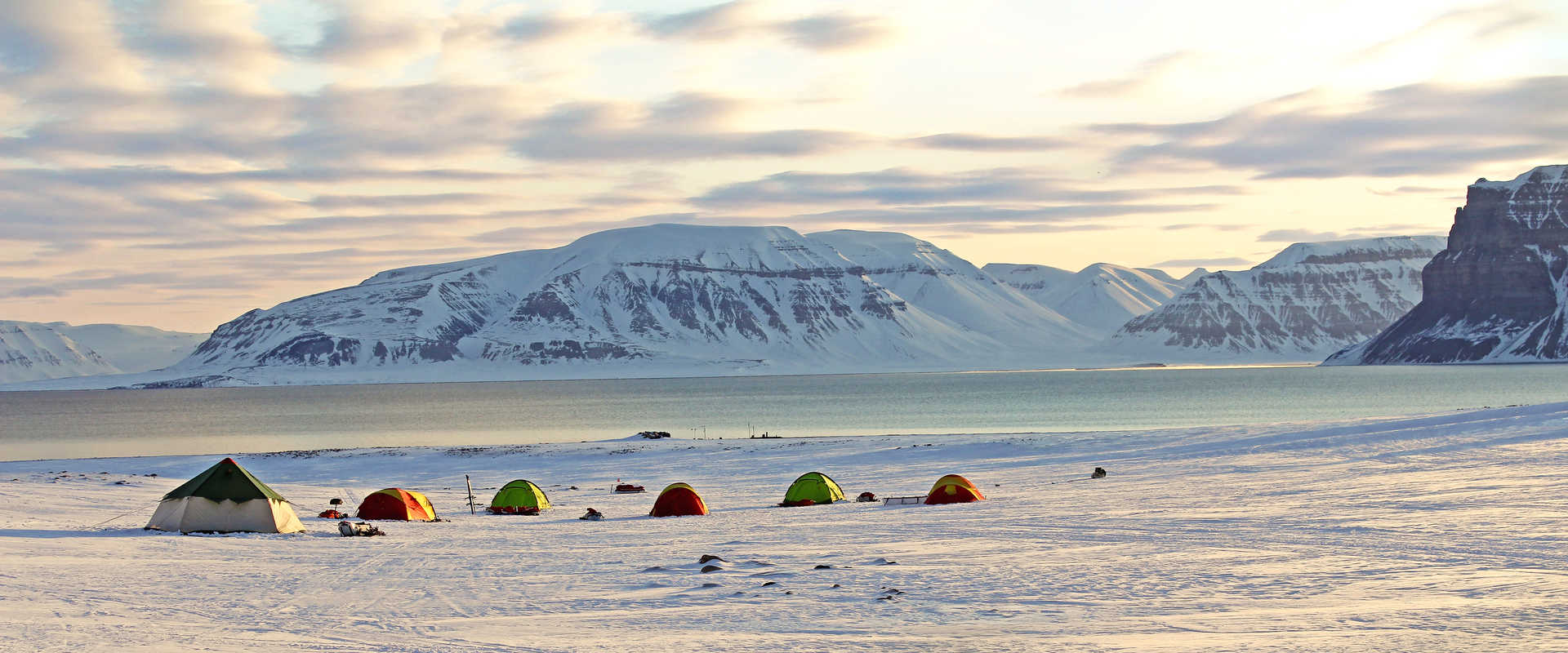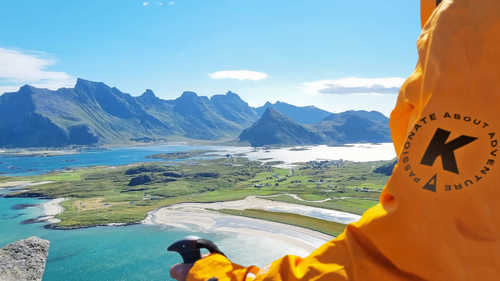Svalbard is home to a huge variety of land and marine mammals, as well as migratory birds. Arctic foxes, Svalbard reindeer, Ringed seals, bearded seals, beluga whales, minke whales, walrus,Ptarmigan, thick-billed guillemot, black guillemot, puffins, dovekies, fulmarine petrels, Arctic jaeger, large skua, Arctic tern, broad-billed phalarope, purple sandpipers, eider duck, barnacle geese, brant geese, black-legged kittiwake, glaucous gulls, ivory gulls The range of animals depends on the time of year and the area of the island you are exploring.




